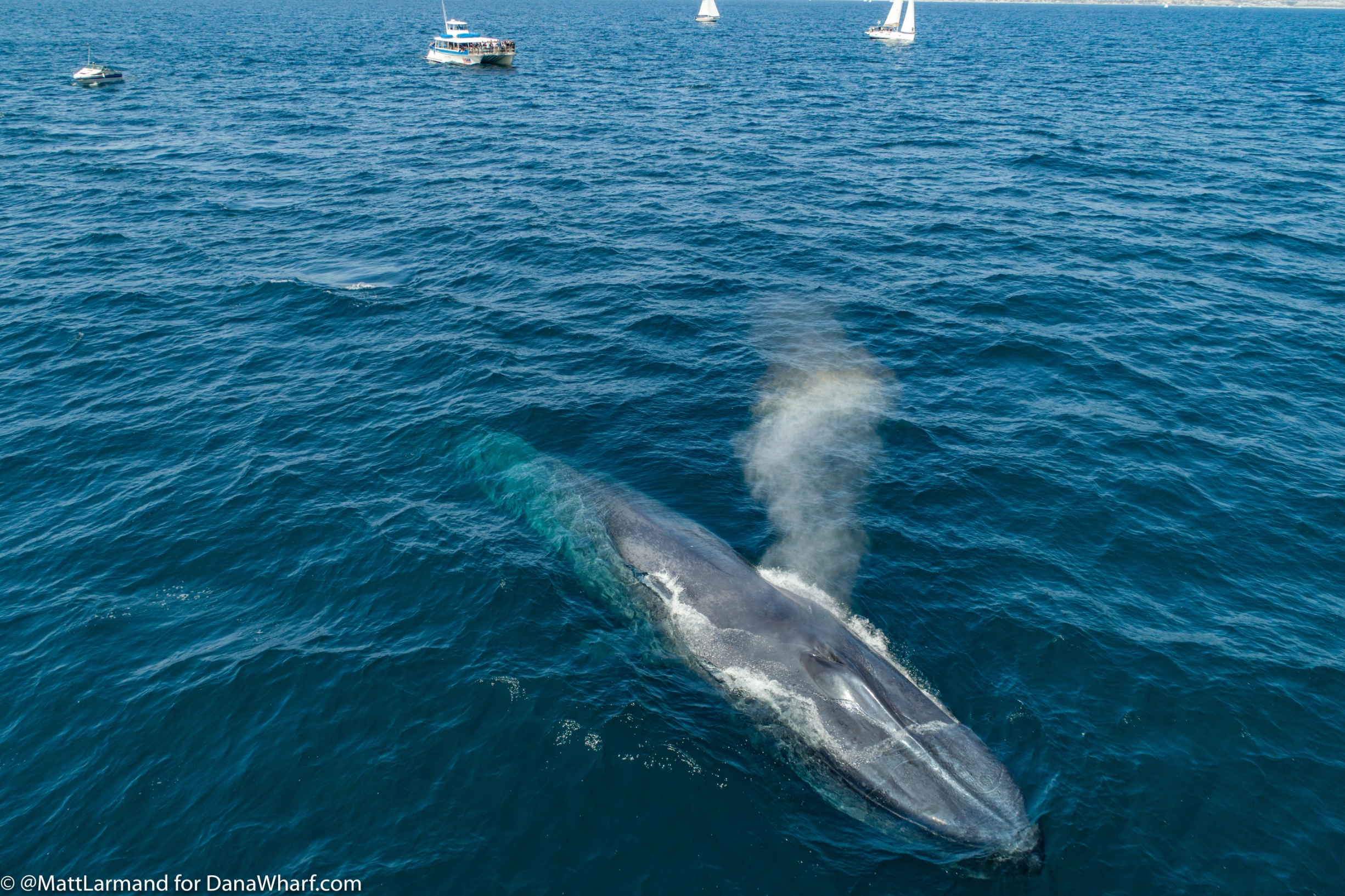Blue Whales: A Comprehensive Guide

The blue whale is one of the most impressive creatures on earth, and it is the largest animal that has ever lived. They are found in all the world’s oceans, but they are most abundant in the northern Pacific and Antarctic waters. Blue whales can grow up to 33 meters long and can weigh up to 200 tons, making them the largest living animal on the planet.
Blue whales are renowned for their loud, low–frequency songs that can travel for hundreds of miles underwater. These songs serve many purposes, from communication to finding a mate. Blue whales also have a unique feeding strategy. They take in large amounts of water and then filter out krill, tiny shrimplike creatures, using their baleen plates.
Blue whales have been hunted for centuries, and their population has been greatly reduced due to whaling. Today, blue whales are listed as endangered species, and their numbers are slowly increasing. The International Whaling Commission has put in place regulations to protect blue whales and ensure their continued existence.
Conservation efforts are important for blue whales, as they play a vital role in maintaining ocean health. They are an apex predator, meaning they have no natural predators and help keep the ocean’s ecosystem in balance. They also play an important role in carbon storage, as large whales like the blue whale act as a “carbon sink,” absorbing carbon dioxide from the atmosphere and storing it in their bodies.
The blue whale is an incredible species, and it is essential that we continue to protect them and ensure their survival. With the help of conservation efforts, we can ensure that these majestic creatures will continue to roam the oceans for generations to come.
Frequently Asked Questions About Blue Whales
When can you see blue whales in Dana Point?
Blue whales can typically be seen around Dana Point from May to December. They are most often seen in the summer months of June, July, and August. Check out our article “The Best Times to go Whale Watching in Dana Point” to learn more about the different whale species in Dana Point, or book a whale watching tour with Dana Wharf—the highest-rated whale watching company in Southern California.
Can you swim with blue whales?
No, it is not recommended to swim with blue whales. They are enormous and can be unpredictable. Additionally, it is illegal to approach a blue whale or any other whale or dolphin in U.S. waters. The best way to see Blue Whales up close is with a whale-watching tour; learn more about what to expect whale watching
How does it feel to see a blue whale in person?
Seeing a blue whale in person is an incredible experience that is hard to describe. It can be awe-inspiring, humbling, and mesmerizing. It is a reminder of the immense power and beauty of nature and of the fragility of our planet. See our recent Blue Whale encounters on Instagram.
Do blue whales ever fight?
Blue whales rarely fight. When they do, they typically use posturing and vocalizations as a form of communication to resolve conflicts. The last recorded physical altercation between two blue whales occurred in 2013 off the coast of South Africa.
How do blue whales protect themselves from predators?
Blue whales have a few strategies for avoiding predators. They swim in groups for safety in numbers, and their size also helps to protect them from some predators. Additionally, their ability to dive deep into the ocean helps them to escape potential threats.
What happens when a blue whale swallows fish?
When a blue whale swallows fish, the fish will be digested in the whale’s stomach. The whale’s stomach acids and digestive juices will break down the nutrients in the fish, allowing the whale to absorb them for energy. The whale will then excrete the remains of the fish as waste.
Would a great white shark eat a blue whale?
No. Great white sharks are predators of smaller marine mammals such as seals, sea lions, and dolphins. They are not capable of taking down a blue whale, which is the largest animal on the planet. They may occasionally take a bite out of a dead or injured whale, but this does not constitute eating the entire animal.
Do blue whales have noses?
Yes, blue whales have two blowholes located on the top of their heads that act as their noses.
Do whales breastfeed?
Yes, whales, like many other mammals, feed their young through breastfeeding. In whales, the mothers produce a thick, fatty milk that is very nutrient-dense and helps the baby whale grow rapidly.
What is the similarity between a human and a blue whale?
Both humans and blue whales are mammals, meaning they are warm-blooded, have fur/hair, and produce milk for their young. Additionally, both humans and blue whales have a complex nervous system and a brain capable of complex thought and emotion.
